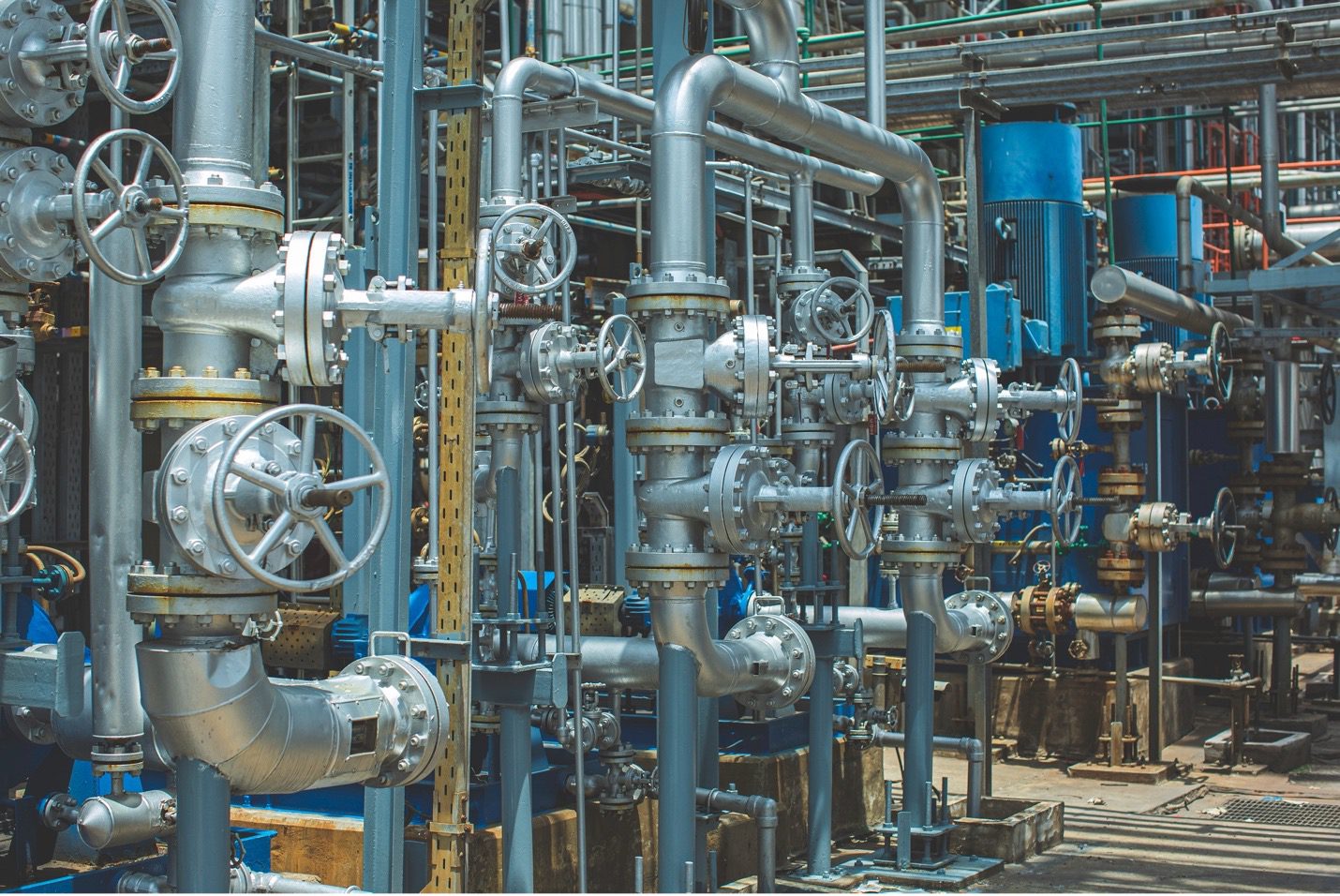
A control valve plays a critical role in various process industries as it contributes to the efficiency of a fluid system. They are used for a wide range of functions, and that’s why you need to choose one carefully. With so many different options on the market today, it’s essential to consider all the factors and ensure they match your needs before making a purchase.
At Midwest Instrument, we understand how important every component you buy is to your business. That’s why we’ve dedicated ourselves to providing high-quality gauges for all your applications.
So how do you choose a control valve in the Midwest? To answer the question of how to select a control valve, it’s essential to define what it is.
What is a Control Valve?
A control valve is a control element used to regulate liquid flow through a channel. They are designed to start, stop and throttle the fluid flow to ensure efficient flow. The controller sends signals to the valves, which can shift the size and direction of the fluid flow and affect other process parameters such as temperature, pressure, and liquid level. Due to their increasing use in process industries, it’s now easier to find valves with different specifications.
Tips for Choosing a Control Valve
Choosing a control valve for any process requires serious considerations such as the valve’s flow characteristics, noise level, size, potential for flashing damage, dynamic response to change, and the body trim materials. Since there are many types of valves, what you choose depends on a specific function and purpose. Here are a few factors to consider.
Application Conditions
Choosing the right valve size is one of the most critical steps in selecting a valve for your applications. A small or big valve can lead to operational issues within the valve or elsewhere in the system. You also want to know the flow rate, pressure, and temperature at which the valve will operate. Metal valves are more likely to withstand high pressure and temperatures than plastic ones.
Valve Differential Pressure
The control valve pressure loss rate in a piping system can be a big challenge. As the rate of the valve’s differential pressure reduces relative to the overall pressure loss of the entire system, the installed flow characteristics shift away from inherent flow characteristics. While it is almost impossible to generalize, the PR value between 0.3 and 0.5 is a perfect choice.
Shut-off Pressure
The differential pressure value in the control valve shut-off time is critical data. You can use it in choosing the actuator and ensuring a solid design for every part of the control valve. You can achieve different designs by setting the intake pressure equal to the maximum shut-off pressure. However, this method can result in over-specification of the valves. Therefore, it’s necessary to consider actual use conditions when determining the shut-off pressure.
Valve Function or Purpose
You should determine the purpose of your valve before making the final decision. Two-way valves are great for on/off control in a system, while the 3-way valves are best used for on/off control and mixing or diverting media. Additionally, you want to determine if your valve will remain open or closed most of the time.
Looking for a DP Pressure Gauge Manufacturer in the Midwest?
At Midwest Instrument, we have the tools, technology, workforce, and experience to get your business going. As a leading designer and manufacturer of differential pressure gauges in the Midwest and around the world, you can also trust our quality. To learn more about our product, contact us today!

